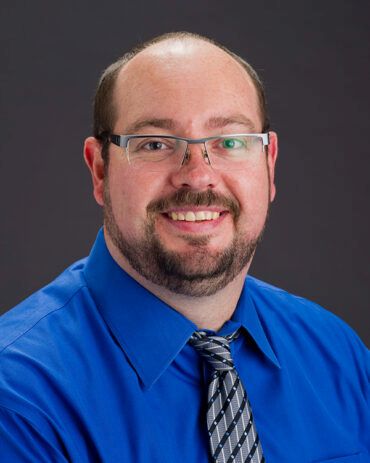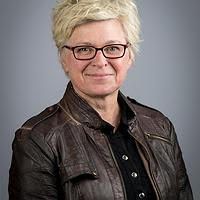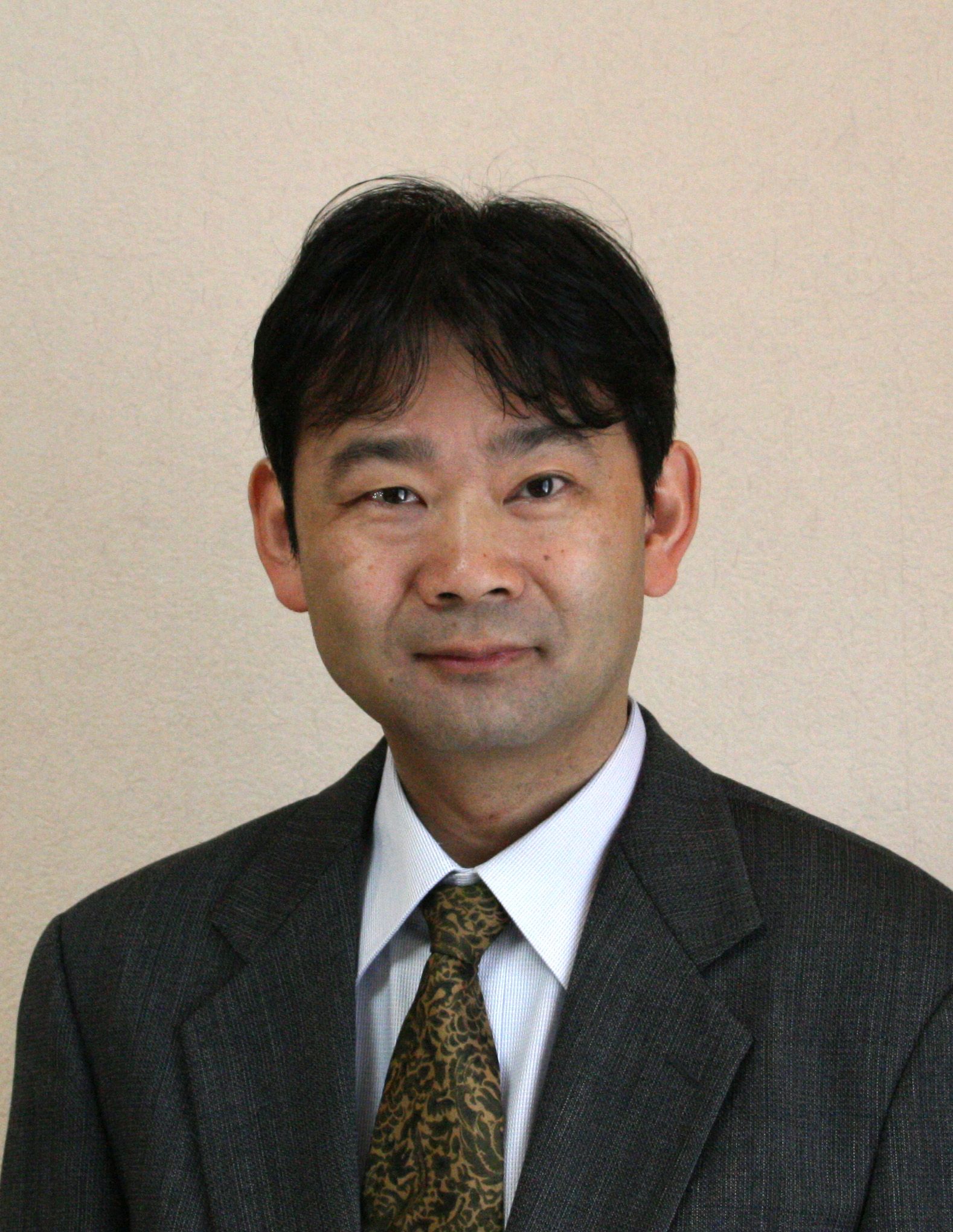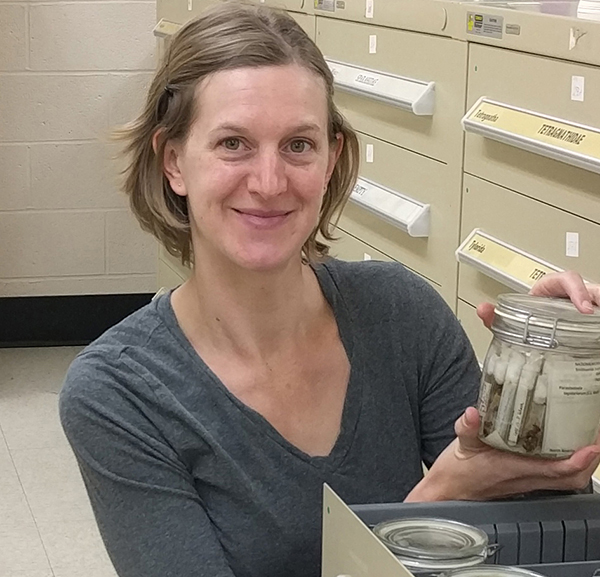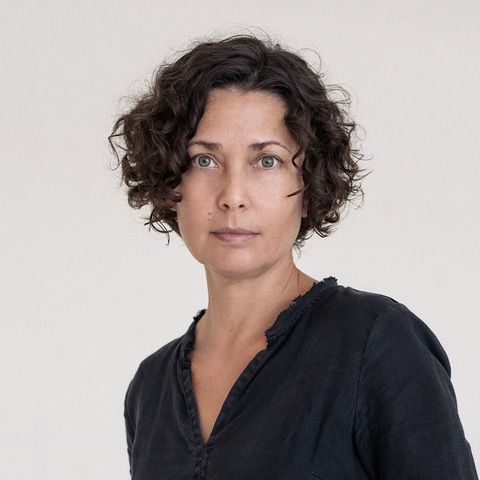
Astromaterials 3D: An Interactive Virtual Library of NASA’s Apollo Lunar & Antarctic Meteorite Samples
Erika Blumenfeld, Transdisciplinary Artist, Jacobs JETS contract at ARES, NASA, USA
Erika Blumenfeld is an independent transdisciplinary artist working at the intersection of art, science, nature and culture. Her research-based art practice is motivated by the wonder of natural phenomena and she often works in collaboration with scientists and research institutions, including NASA,...
Erika Blumenfeld is an independent transdisciplinary artist working at the intersection of art, science, nature and culture. Her research-based art practice is motivated by the wonder of natural phenomena and she often works in collaboration with scientists and research institutions, including NASA, the Scripps Institution of Oceanography, the McDonald Observatory, and the South African National Antarctic Program. Blumenfeld is a Guggenheim Fellow, a Smithsonian Artist Research Fellow, and has exhibited widely in museums and galleries in the U.S. and abroad. Blumenfeld is artist-in-residence and Science-Principal Investigator on the Astromaterials 3D project at ARES where she is leading a team to create a 3D virtual library of NASA's astromaterials collections to bring high-resolution research-grade 3D models to researchers and the public. Blumenfeld conceived the project in 2013, and she and the Astromaterials 3D team won a NASA ROSES PDART grant in 2015 to pursue the project. The Astromaterials 3D project launched to the public in December 2020 and will continue to roll out new samples ongoing.

